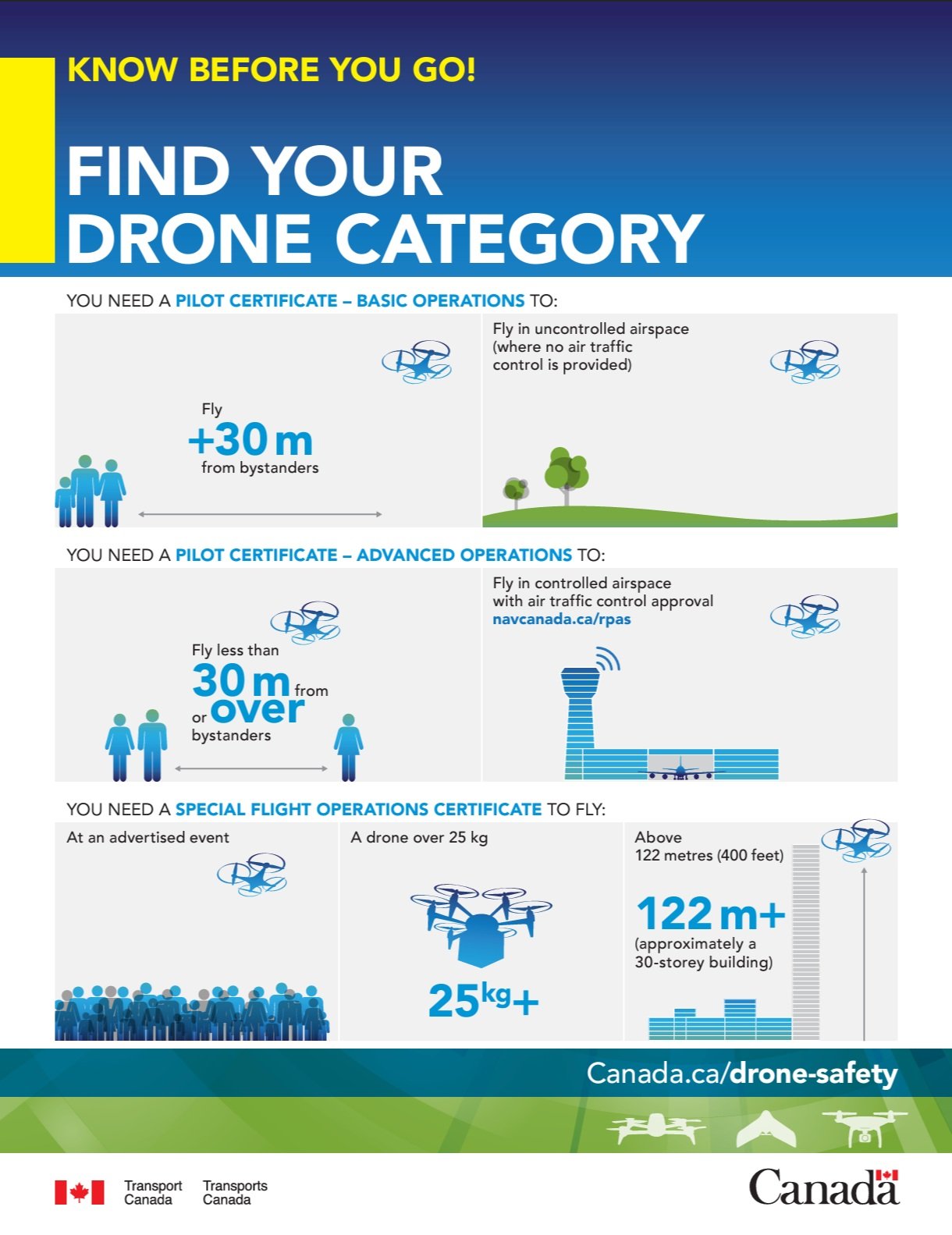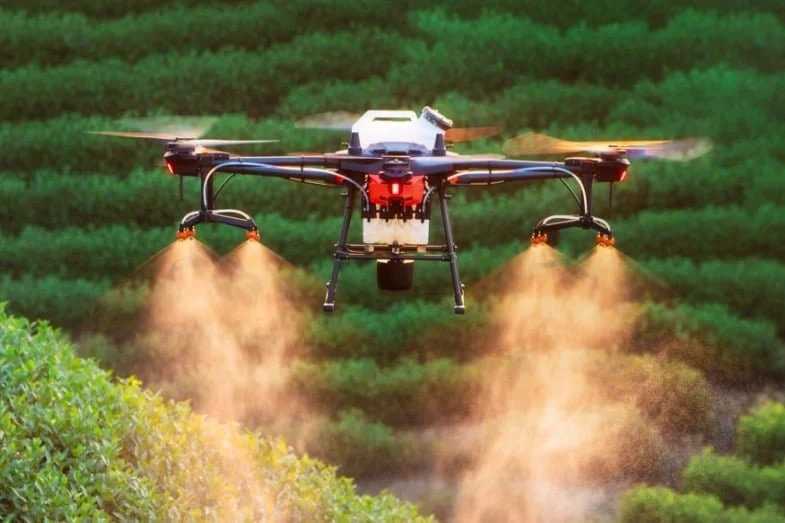Why getting an SFOC is worth it!
An SFOC, or Special Flight Operations Certificate, is a crucial regulatory requirement issued by Transport Canada (TC) that manages aspects of UAV operations that go beyond basic and advanced operations. While obtaining an SFOC may seem like a complex process, the benefits are well worth the effort.
Prior to 2017, Canadian drone regulations were not well-established because drones were still relatively new and SFOCs were the primary form of UAV regulation at that time. However, TC recognized that they were insufficient in ensuring operators had the necessary aviation knowledge and awareness to mitigate potential risks. Additionally, the increasing number of SFOC applications was starting to overwhelm TC, leading to long approval times and inconsistency in their approval process. Consequently, TC introduced new RPAS (Remotely Piloted Aircraft Systems) operating categories, including Micro Drones, Small Drones, and Large/BVLOS (Beyond Visual Line of Sight).
Photo: tc.canada.ca
Large/BVLOS operations fall into the high-risk category, and still require an SFOC. These operations can encompass activities such as BVLOS flights, drones weighing over 25kg, flying above 122 meters (400ft), carrying hazardous payloads (chemicals), and flying more than five UAVs simultaneously from a single control station within 9.3 km (5NM) of an aerodrome or in controlled airspace.
As drone technology rapidly advances and disrupts various industries, more operations fall into Large/BVLOS category, leading to an increased need for SFOCs. Despite the complex application process, obtaining an SFOC can significantly enhance your drone's operational capabilities, opening doors to more efficient and lucrative opportunities.
Photo: farmtario.com
Operational Benefits of SFOCs
Beyond Visual Line of Sight (BVLOS):
Flying beyond visual line of sight can greatly increase operational capacity. By allowing drones to fly farther, they are able to collect more data in a shorter amount of time, limiting the number of deployments needed.
Flying farther means drones are able to do the jobs of more traditional options like planes or helicopters, at a fraction of the cost.
BVLOS flights also increase the connectedness of remote or inaccessible communities. Drones that are capable of flying longer distances help deliver essentials, like medical supplies, medicine, pharmaceuticals, or emergency response equipment and help improve healthcare in those areas.
It’s important to note that these BVLOS rules are changing and may not require an SFOC in the future! In June 2023 Transport Canada announced that new drone regulations would introduce a new class of pilot certification for BVLOS in low risk operations. The goal of changing these regulations is to allow for easier implementation of certain drone operations such as package delivery to remote communities, first responder operations, and natural resources and wildlife surveys. However, these changes likely will not be implemented until 2025 at the earliest.
High Altitude:
Similar to BVLOS, flying drones higher can dramatically improve efficiency.
Specifically for operations like large scale surveys and inspections, flying at higher altitudes allows for more data to be collected from a single location in a shorter period of time.
Photogrammetry, volumetrics, and forest inventory projects all benefit greatly from obtaining an SFOC for flight above 122 meters.
If you think you or your organization could benefit from an SFOC get in touch with us today! We can support you throughout the whole process, or go hassle free and let us do everything for you. We’ve spent years submitting SFOCs for our organization and others, so we can make it sure it goes smoothly the first time!
Happy and safe flying!
- The FlySmart Team


